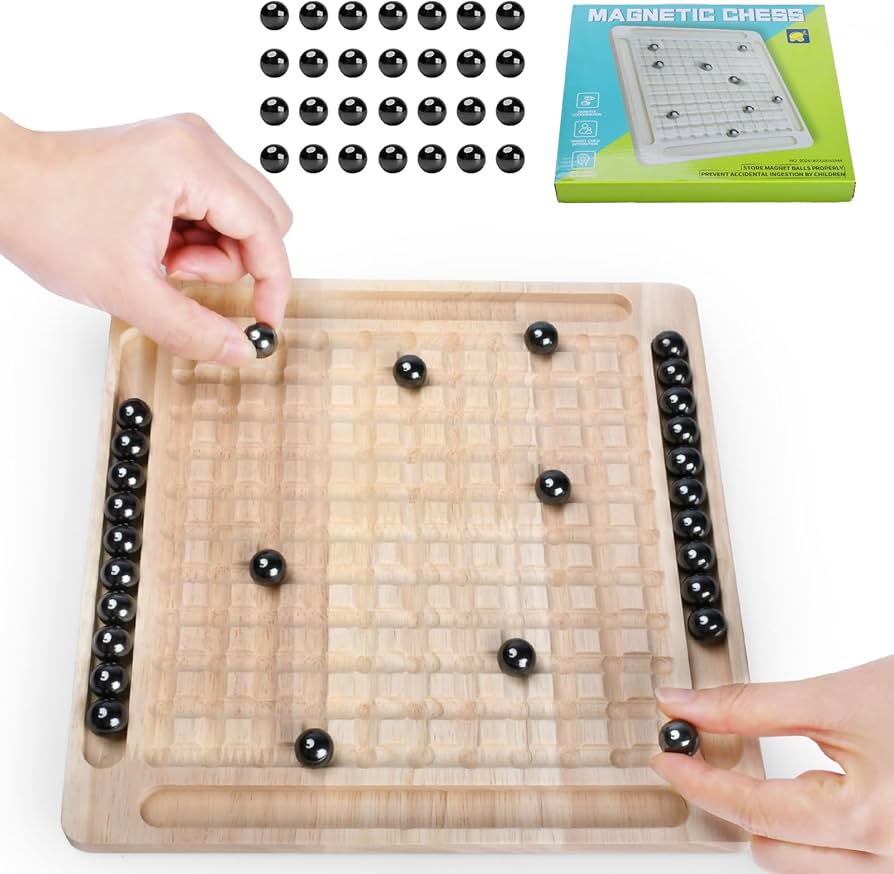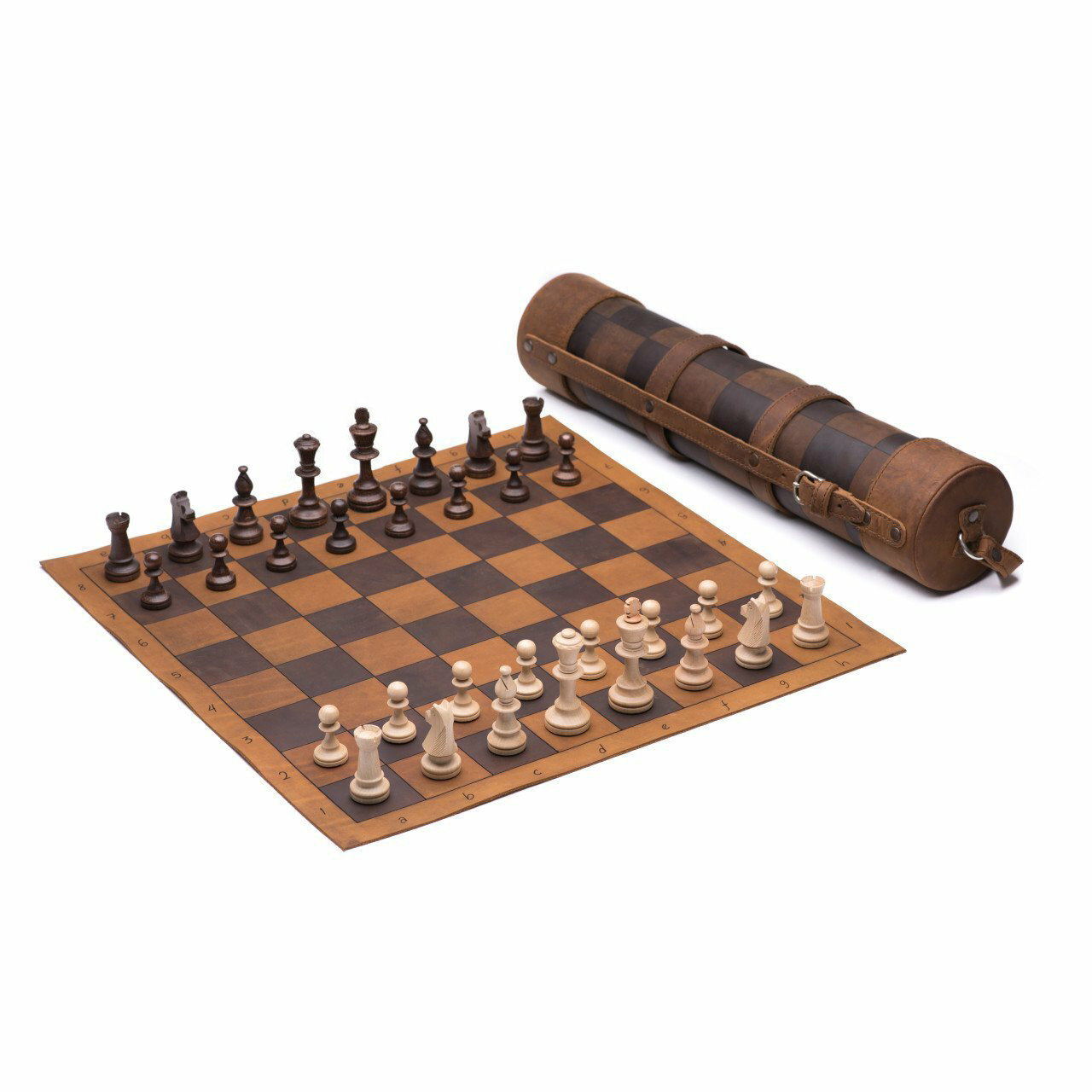Chess is a game of strategy and foresight. Knowing clever opening traps can give you an edge.
The Queen’s Gambit is a popular opening that can lead to tricky positions for your opponent. Understanding these traps can help you gain an early advantage. They can catch even experienced players off guard. In this blog post, we will explore five of the best opening traps in the Queen’s Gambit.
These traps not only set up strong positions but can also lead to quick victories. Get ready to surprise your opponents and improve your game with these clever tactics.

Credit: chess-teacher.com
Introduction To The Queen’s Gambit
The Queen’s Gambit is one of the oldest and most respected chess openings. It involves offering a pawn to control the center of the board. This gambit can lead to exciting and complex positions, making it a favorite among players.
Historical Background
The Queen’s Gambit dates back to the 15th century. Chess masters like Ruy Lopez and Gioachino Greco explored its potential. The gambit gained popularity during the 19th century. It was featured in many famous games and tournaments.
Importance In Modern Play
In modern chess, the Queen’s Gambit remains relevant. It is played at all levels, from beginners to grandmasters. The gambit allows for a strong central control and flexible pawn structures. This opening can lead to various strategic and tactical opportunities.
Many top players, like Magnus Carlsen and Garry Kasparov, frequently employ the Queen’s Gambit. It is a part of their regular opening repertoire. This opening is also extensively analyzed in chess literature and databases.
Here are some essential points about the Queen’s Gambit:
- Offers a pawn to control the center.
- Leads to rich and complex positions.
- Played by top players and beginners alike.
Understanding the historical significance and modern importance of the Queen’s Gambit can enhance your chess knowledge. This opening not only offers exciting gameplay but also a deep strategic understanding.
The Elephant Trap
The Elephant Trap is a common trap in the Queen’s Gambit. This trap can quickly end the game in favor of Black if White is not careful. Knowing how to execute this trap is essential for any chess player looking to gain an early advantage.
Setup And Execution
The Elephant Trap begins with the moves:
- d4 d5
- c4 e6
- Nc3 Nf6
- Bg5 Nbd7
- cxd5 exd5
- Nxd5??
White’s move 6. Nxd5 appears to be a simple pawn capture. But it leads directly into the trap.
Black responds with:
- … Nxd5
- Bxd8 Bb4+
Black’s move Bb4+ is a check that forces White to lose their queen. This is the essence of the Elephant Trap.
Common Mistakes
Many players fall into this trap by being too aggressive. They focus on capturing pawns and neglect defense. Here are some common mistakes:
- Neglecting Development: Focusing on capturing pawns rather than developing pieces.
- Ignoring Opponent’s Moves: Failing to see the danger of Bb4+.
- Underestimating the Opening: Assuming the opponent will not set traps.
To avoid these mistakes, always consider your opponent’s possible responses. Develop your pieces and keep an eye on the whole board. Awareness is key in avoiding the Elephant Trap.
The Lasker Trap
Discover ‘The Lasker Trap’ among the 5 best chess opening traps in the Queen’s Gambit. This cunning maneuver can catch opponents off guard, offering players a strategic advantage early in the game. Mastering this trap can lead to decisive victories on the chessboard.
Step-by-step Guide
Initiate the Queen’s Gambit by playing d4.
Advance your pawn to d5, accepting the gambit.
Develop your knight to f3, eyeing the center.
Bring out your c4 pawn to pressure the center.
Strategic Advantages
Gain control of the center early on.
Force your opponent into a defensive position.
Set the stage for a strong mid-game advantage.

Credit: chess-teacher.com
The Cambridge Springs Trap
The Cambridge Springs Trap is a cunning tactic in the Queen’s Gambit. It helps black gain an advantage early. This trap catches many players off guard. It is vital to recognize its key moves and counter strategies.
Key Moves
Here are the key moves for the Cambridge Springs Trap:
- 1. d4 d5
- 2. c4 e6
- 3. Nc3 Nf6
- 4. Bg5 Nbd7
- 5. e3 c6
- 6. Nf3 Qa5
In these moves, black develops pieces quickly. The queen and knights exert pressure. White might not see the trap coming.
Counter Strategies
To avoid the trap, consider these counter strategies:
- Do not rush with e3.
- Instead, play cxd5 to open up the center.
- Be cautious of black’s queen and knight positioning.
- Develop your pieces thoughtfully.
Using these strategies, you can avoid falling into the trap. Recognize the signs early and respond wisely.
The Rubinstein Trap
The Rubinstein Trap is one of the many fascinating traps in chess. Named after the famous player Akiba Rubinstein, this trap occurs in the Queen’s Gambit Declined. It can catch your opponent off guard and lead to an early advantage.
Move Sequence
Here is the move sequence for the Rubinstein Trap:
- d4 d5
- c4 e6
- Nc3 Nf6
- Bg5 Be7
- e3 O-O
- Nf3 h6
- Bh4 b6
- cxd5 exd5
- Bd3 c5
- O-O Nc6
- Rc1 Bg4
- h3 Bh5
- Bxf6 Bxf6
- dxc5 bxc5
- Nxd5 Bxb2
- Rxc5 Ne5
In this sequence, the last move (Ne5) is critical.
Potential Pitfalls
While setting this trap, be aware of the potential pitfalls:
- Always anticipate your opponent’s moves. They might not fall for the trap.
- Ensure your pieces are well protected. Especially your queen and rooks.
- Watch out for counter-attacks. Your opponent might find ways to counter your strategy.
In the Rubinstein Trap, a single mistake can turn the tables. Stay alert and keep your strategy flexible.
The Pillsbury Trap
The Pillsbury Trap is a clever chess opening tactic. It is used in the Queen’s Gambit. Named after the famous player Harry Nelson Pillsbury, this trap can catch your opponent off-guard. It uses strategic moves to exploit weaknesses. The goal is to gain an advantage early in the game.
How To Set It Up
To set up the Pillsbury Trap, start with the moves 1. d4 d5 2. c4 e6. Then, continue with 3. Nc3 Nf6 4. Bg5 Be7. Now, you are in the position to spring the trap.
The key move is 5. e3, preparing to develop the bishop and open lines. Your opponent might play 5… O-O, thinking they are safe. Now, play 6. Nf3, adding pressure and preparing to castle.
If Black plays 6… c5, you continue with 7. Rc1. This move targets the c-pawn. If Black captures with 7… cxd4, you recapture with 8. exd4. The trap is now set.
Examples From Grandmaster Games
In a famous game, Pillsbury used this trap against Tarrasch. The game went as planned, and Pillsbury gained a strong position. Tarrasch fell into the trap by playing 8… Nc6. Pillsbury responded with 9. Bxf6, doubling Black’s pawns.
Another great example is from the game between Karpov and Korchnoi. Karpov used the Pillsbury Trap to gain an early advantage. Korchnoi played 8… Nc6, and Karpov exploited the weakness with 9. Bxf6, leading to a win.
These examples show the effectiveness of the Pillsbury Trap. It can surprise even the best players. Using it in your games can give you a quick upper hand.
Tips For Avoiding Traps
The Queen’s Gambit is a popular chess opening. It offers many strategic opportunities. Yet, it also hides several traps that players should avoid. Knowing how to recognize and counter these traps is essential. It will help improve your game and avoid early mistakes.
Recognizing Patterns
Understanding common patterns in the Queen’s Gambit helps avoid traps. Pay close attention to pawn structures. They often indicate potential traps. Watch how your opponent develops their pieces. Rapid moves can signal an impending trap. Familiarize yourself with typical traps in this opening. This knowledge will help you spot them during your games.
Effective Countermeasures
Develop your pieces to strong squares. It reduces the chance of falling into traps. Control the center of the board with your pawns. This ensures a solid position. Avoid unnecessary pawn moves. They can create weaknesses. Stay alert and think ahead. Always consider your opponent’s possible responses. Use your knights and bishops effectively. They can defend against unexpected threats.

Credit: m.youtube.com
Conclusion
Mastering these chess opening traps can give you an edge. Practice them regularly. Watch how your opponents react. You’ll see improvements in your play. Remember, every game is different. Use these traps wisely. Enjoy the journey of learning and playing.
Chess is fun and challenging. Keep exploring new strategies. You’ll become better with time. Happy playing!








One Response
Only a smiling visitor here to share the love (:, btw outstanding design and style.